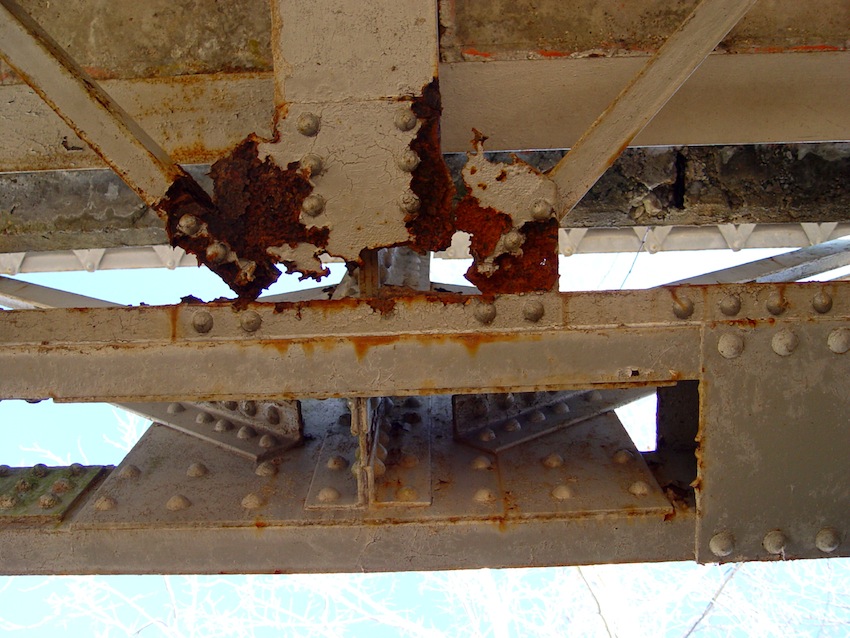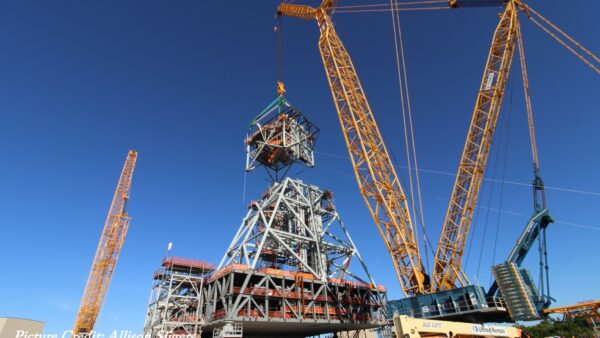America got a D+ for infrastructure this year. Is that good? Not really, says the American Society of Civil Engineers.
Since its members’ livelihoods depend on infrastructure investment, you wouldn’t expect the American Society of Civil Engineers (ASCE) to lavish unqualified praise on the state of the nation’s roads, railways, bridges and schools.
But the latest of ASCE’s quadrennial “report cards” on America’s infrastructure, released 19 March, concludes with cautious, if grudging, acknowledgement that things haven’t got much worse, and in some instances are even getting a tiny bit better.
This year, for its aggregate score, America got a D+, up from a D in 2009.
The grades in 2013 range from a high of B- for solid waste infrastructure to a low of D- for inland waterways and levees.
None of the categories received a lower grade than they did in 2009.
But ASCE says a score in the D range is nothing to crow about.
It means: “The infrastructure is in poor to fair condition and mostly below standard, with many elements approaching the end of their service life.”
And also: “Condition and capacity are of significant concern with strong risk of failure.”
Here is a brief summary of progress in some key infrastructure sub-sectors.
Schools: D
(Same as 2009)
“Almost half of America’s public school buildings were built to educate the baby boomers – a generation that is now retiring from the workforce,” ASCE said. Public school enrollment is projected to increase through to 2019, but national spending on school construction, approximately $10bn in 2012, is at about half pre-recession levels. ASCE says the investment needed to modernise and maintain the nation’s schools could be $270bn, but admits that the lack of a national database on school conditions makes a true estimation difficult.
Bridges: C+
(2009: C)
ASCE says one in nine of the nation’s bridges are structurally deficient, while the average age of the nation’s 607,380 bridges is 42 years. The Federal Highway Administration (FHWA) estimates that to eliminate the nation’s bad bridge backlog by 2028, America would need to invest $20.5bn annually, while only $12.8bn is being spent now. Still, ASCE says the overall number of structurally deficient bridges keeps dropping, hence the grade improvement.

Bridge in Missouri, USA (Credit: Conor Watkins)
Roads: D
(2009: D-)
Efforts to improve conditions and a drop in highway fatalities bumped the grade up slightly this year, but ASCE says 42% of America’s major urban highways remain congested, costing the economy an estimated $101bn in wasted time and fuel annually. While federal, state, and local capital investments increased to $91bn annually, that’s not enough to forestall a decline in conditions in the long term. The Federal Highway Administration estimates that $170bn in capital investment would be needed each year to improve conditions and performance.
Rail: C+
(2009 C-)
Rail is on the up for both freight and passengers, ASCE says. In 2012, Amtrak recorded its highest year of ridership with 31.2 million passengers, almost doubling ridership since 2000. Both freight and passenger rail have been investing heavily in tracks, bridges, tunnels and capacity. Since 2009, capital investment from both freight and passenger railroads has exceeded $75bn, actually increasing investment during the recession when materials prices were lower and trains ran less frequently.
Energy: D+
(Same as 2009)
America’s grids and pipes are in their winter years, with some systems dating back to the 1880s. ASCE says investment in power transmission has increased since 2005, but permitting issues, extreme weather and limited maintenance have led to an increasing number of failures. About 17,000 miles of new high-voltage transmission lines and some oil and gas pipelines are planned over the next five years, but permitting and siting issues could get in the way.
Overall, ASCE believes a total investment of $3.6 trillion is needed by 2020 across all 16 sub-sectors, leaving a funding shortfall of $1.6 trillion based on current funding levels.
Failure to patch that deep funding pothole will result in serious economic harm, ASCE has warned.
The report card says America shows great infrastructure potential.
If only it would apply itself!
Â






